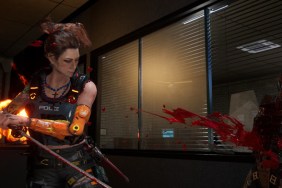
From the moment that your boots first hit the soil in Ghost Recon Wildlands, one thing becomes immensely apparent: This ain’t your father’s Ghost Recon game. Gone are the days of futuristic weaponry and high-end artillery. Absent is streamlined and borderline derivative campaign that keeps the player to a singular tightly-scripted path. There isn’t even the usual obligatory callouts to every other property in the Tom Clancy-verse. Everything that you think you know about this series no longer matters. This isn’t your father’s Ghost Recon…and it is so much better because of it.
Another Shot
If it weren’t for the fact that the Wildlands has Ghost Recon in the title, this would be the kind of experience that would be deemed a “spiritual successor” more than a proper sequel. Aside from the core tenet of squad-based combat, it feels like the team at Ubisoft took the series’ design bible and set it ablaze. This brand-wide table clearing became a necessity due to the shift from a regimented campaign structure to the more open-ended world design. Admittedly, I was a bit skeptical whether the shift would work in the game’s favor. Thankfully it ends up feeling less like a splash of cold water and more like a very welcome breath of fresh air.
Speaking of fresh air, the player will be getting plenty of that while exploring a virtual approximation of Bolivia. Granted, it’s a drug-riddled, cartel-controlled, completely fictitious incarnation of the South American country (please don’t sue us too), but hot damn, does this region still look gorgeous. Everything from the lush green forests to the pristine lakes look so true to life that they practically jump off the screen. This level of detail populates the largest open-world that Ubisoft has ever designed. The amazingly tantalizing setting and tropical feel works amazingly well to counteract the dark and seemingly insurmountable threat of the cartels lurking around every corner. They control everything from the local government, all the way up to the nation-wide media coverage. Virtually everyone is on the take and it is the Ghosts’ job to sniff out every last one of them. Whether by bullet or by waging economic warfare, countless different tools are at their disposal.
Wildlands takes place in current times. Aside from a few select pieces of technology that might not be ready for use on the battlefield (I’m looking at you, drones!), every weapon in the world could be found in a standard military arsenal, at this very moment. This grounding in reality is a smart move, especially given how far the reality train went off the proverbial rails in 2012’s Ghost Recon: Future Soldier. Initially the squad starts out with an extremely bare bones collection of equipment, but as the campaign progresses, more weapons will be available to uncover at locations strewn across the map. But don’t just think that they will be easy to track down and find. In fact, in many cases these loot boxes are harder to locate and collect from than a mainline combat mission. Let’s just say that the locals believe very strongly in their right to bear arms; and God help the poor bastard who attempts to “liberate” firearms from their own reserves.
Make It Your Own
Along with uncovering unique guns of every make, model, and variety imaginable, each boomstick is also completely customizable, thanks to fully interchangeable parts. It’s like building something from a Remington branded Erector Set…that can also be used kill people. Uncovering weapon accessory boxes can help open up the true capabilities of each firearm and further build out the player’s death-dealing toolbox. Mercifully, given that this is a Ghost Recon game, there are a couple of neat gadgets that can help tip the scales of battle. My personal favorite was the previously alluded to remote-controlled drone. Flying this handy little guy around can be used to help map the battlefield, tag enemies on the HUD, or even interact with some objects in the environment. It’s especially helpful when you don’t have any idea what you are up against. Knowing an approximate number of adversaries and their relative location on the battlefield can go a long way towards formulating a successful plan of attack.
When planning a siege of sorts it’s very important to evaluate the capabilities of your team. If you’re using only AI teammates, you can expect a consistently inconsistent level of assistance, depending upon the scenario. While these AI can be successful in combat when granted more autonomy, they tend be a mixed bag as far as tactics are concerned. They stick together far too often, which frequently results in the rest of the squad being flanked and picked off like fish in a barrel. Thank goodness for the revive ability. It helped me retain my sanity during many a frustrating firefight.
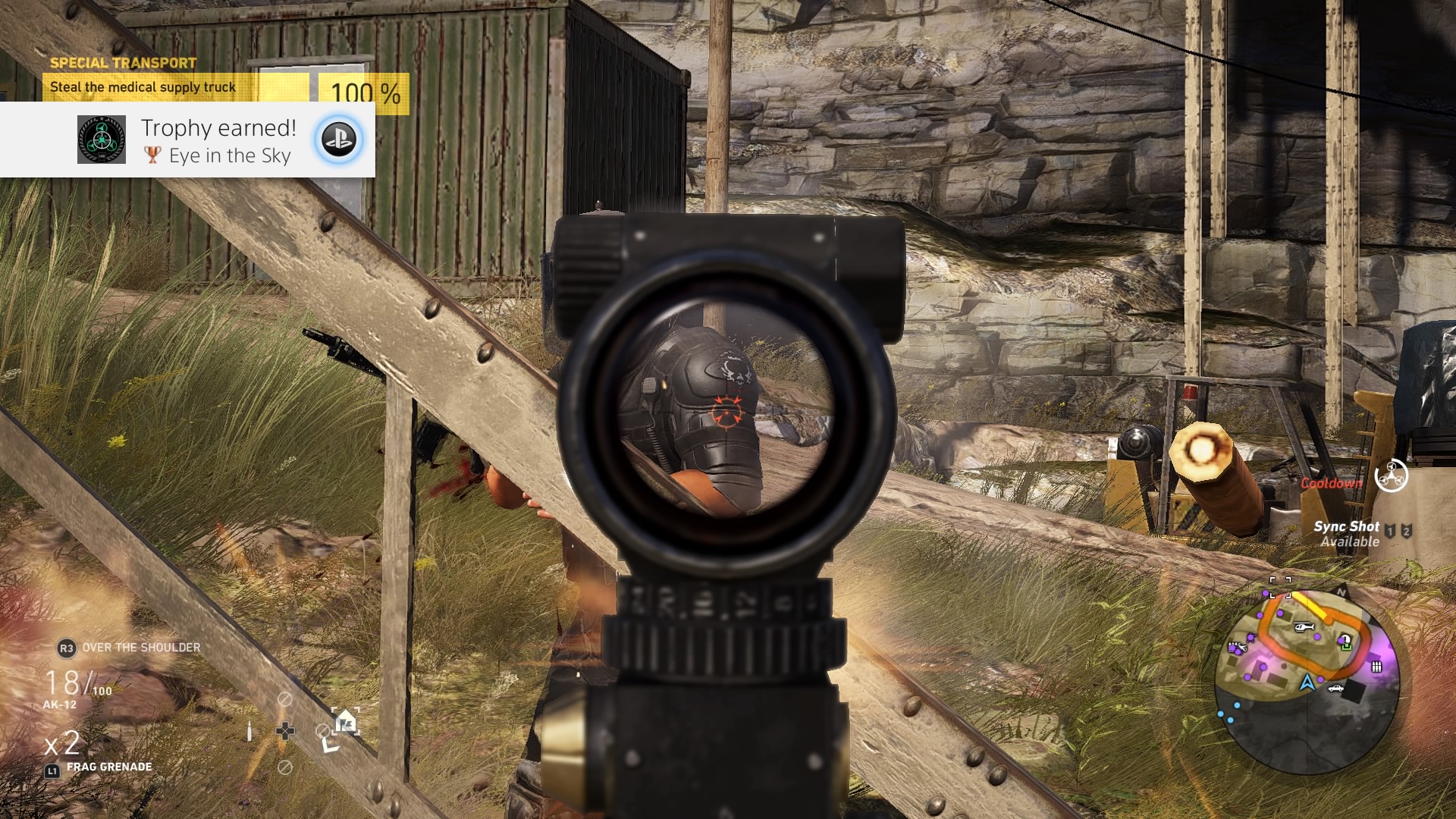
For those that prefer to steer clear of AI characters, Ghost Recon Wildlands features fully-featured drop-in/drop-out online coop multiplayer. What’s better than dismantling a coked-up horde of drug-running scumbags? How about clearing those jerks out with three of your friends. Everything that the game does passably well when playing in single-player, suddenly becomes far better when going to battle alongside combatants that you can actually converse and verbally strategize with. The difference is night and day. If you don’t have any friends of your own, there’s also the option to open up your game to the general public. Essentially this allows random players to drop in and out of your campaign, on the fly. Additionally, you can also be the creeper that jumps into other people’s games. And before you ask, there is no need to worry about losing storyline progress or not standing a chance against higher tier enemies. The game does its best to scale the difficulty to meet both the capabilities and actual player level. Plus, anything that is accomplished while playing in co-op will carry over into the campaign progress of all active participants. Once again, the benefits of open-world design shine through.
One other element that brings the sprawling landscape of (completely fake) Bolivia to life are the numerous different ways in which you can traverse it. Dirt bikes, countless different permutations of vehicles, helicopters, planes and even para-gliding can be used to quickly make your way across the countryside. Aside from the helicopters, which have a somewhat ill-defined and slightly unruly control scheme, every other mode of transportation is intuitive to control and has a specific scenario in which they are advantageous. Who doesn’t love a fast-paced game of shrubbery roulette, while burning down the side of a mountain, tightly clinging to a crotch rocket for dear life? Oh, and for those that plan on really getting the most out of every side mission, remember that there is no shame in using the fast-travel feature. Sometimes a few seconds of loading are well worth the wait, when warping across the massive map.
Death by 1,000 Cuts
While there are many things about the game to like, that isn’t to say that that everything in Wildlands is rainbows and heavily armored unicorns. The core mechanics have their own fair share of issues. For one, interacting with both collectible and mission-specific items in the environment can be a bit of a chore. Just because the on-screen prompt would indicate that you can interact with something, doesn’t mean that’s necessarily the case. In fact, much to my frustration, that was actually rarely the case. Unless you were directly head-on with the very front of the object, they would be damn near impossible to activate. Sure, this may sound tedious to complain about, but over the span of countless hours, it begins to wear on you.
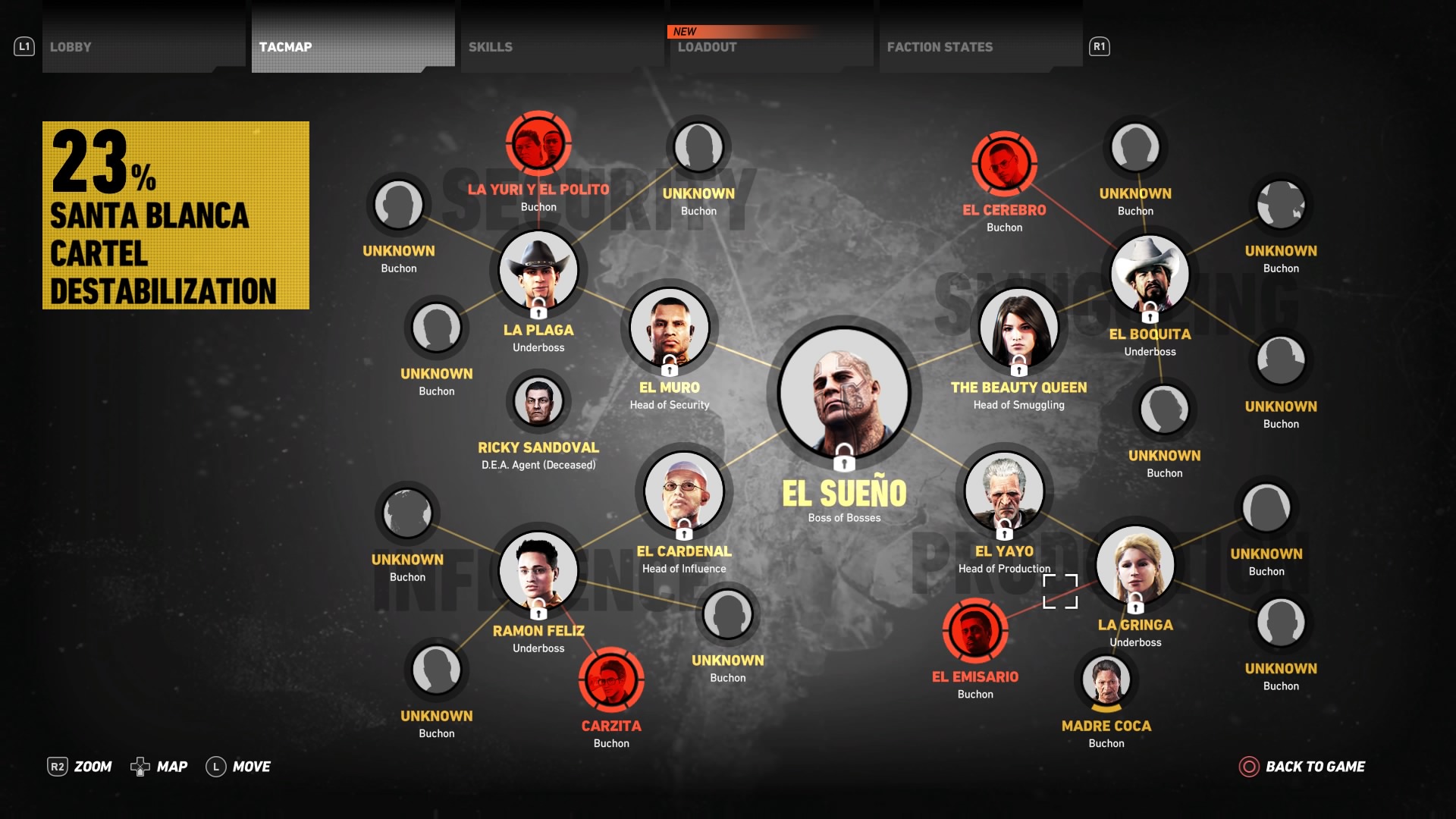
Another problem that began to slowly grate on my soul throughout gameplay was the lack of any sort of enemy tactics. It seemed like an increase in difficult actually just meant that enemies took more shots to kill and they attacked in larger waves. For a game that uses combat tactics as one of its core pillars, the enemies seem to have a chronic case of the “herp-a-derps.” All you needed to do was find a doorway to place between you and the attackers, and they would patiently wait their turn to funnel single file directly into the crosshairs of my automatic weapon. The only scenario where the combat actually became overwhelming was when a combat bug would occur. Though there were several different examples of this, the most prominent occurrence was when the game would get confused about crouching behind cover. Instead of the game popping my head above the countless strategically placed chest-high walls while aiming down the sights, I would actually be dropped out from behind cover into a crouched position, with my crosshairs aimed directly into the wall in front of me. Upon releasing the aiming button, I would return to cover, only to repeat the same cycle until I was either killed or the game was restarted. Good thing this issue always resulted in death, right?
Probably the most unfortunate issue was the mediocre rapport amongst the squad. For a group that has been through some serious shit together in the past, they sure don’t seem to enjoy each other’s company. Where’s the deepening relationship between team members? After all, if your game revolves around the collective squad, why should everyone else keep to themselves a vast majority of the time? Hell, even sprinkling a little bit of humor or personality from time-to-time would have been a welcome change of pace. And don’t even get me started on their combat dialogue. If I have to hear them yell, “shitablls!” one more time while under fire, I may just turn the gun on myself (Note to developers: If your game is going to take longer than ten hours to complete, please spend a bit more time recording variations on combat barks. They are supposed to be soldiers, not sports commentators that spew the same five lines at the same predictable intervals).
Though far from perfect, Ghost Recon Wildlands is one of the most effective franchise reboots in recent memory. It manages to build upon the key squad-based mechanics that set the series apart, while not feeling the need to pander to the established fan base. The result is a fantastically realized open world that legitimately feels like it could be a real geographic location. Now that I’ve had a taste of the new Ghost Recon, I couldn’t imagine going back.
Review code for Ghost Recon Wildlands provided by publisher. Reviewed on PS4. For more information on scoring, please read our Review Policy here.
-
Countless hours of side missions and collectibles
-
So many different vehicles!
-
Everything is better in coop
-
Odd combat bugs can derail missions
-
Very few (if any) mission checkpoints
-
The dialog is repetitive and grating
Ghost Recon Wildlands info dump
-
Ghost Recon Wildlands - EYNTK
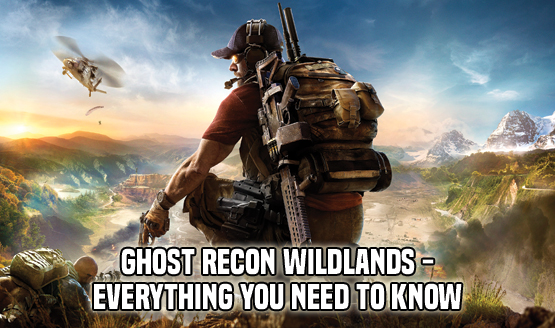
In anticipation of the shooter's worldwide launch on March 7, we've compiled all the necessary Ghost Recon Wildlands info you could ever need.
-
What is Ghost Recon Wildlands?
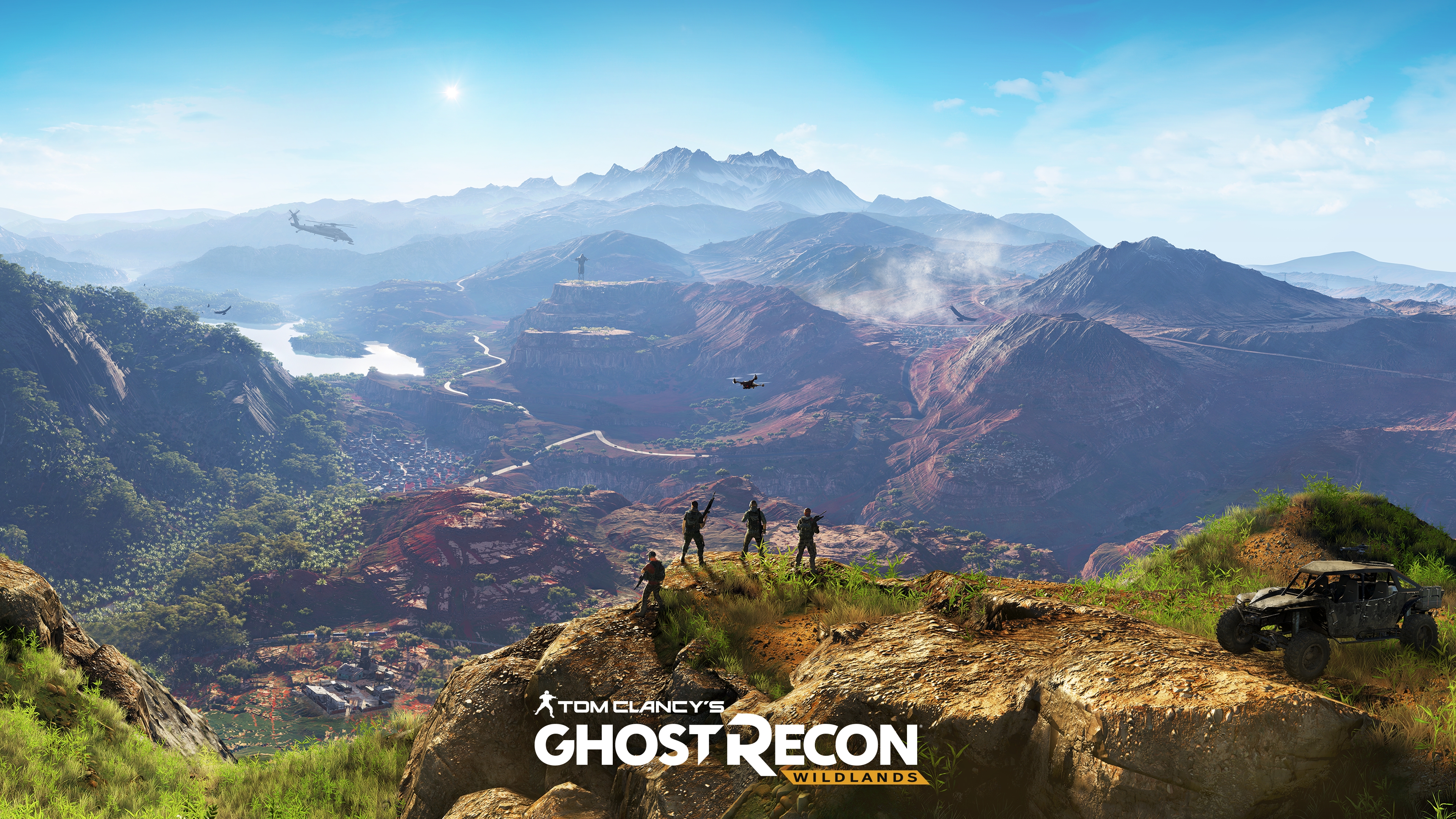
It’s a third-person tactical shooter situated within a vast open world, which is considered one the biggest digital playgrounds Ubisoft has ever created.
Wildlands is also the first Ghost Recon title to feature an open world setting. Ubisoft Paris took point for development, with assistance from other studios including Massive and Annecy.
“The Ghosts, an elite US Special Forces team, are sent behind enemy lines to wreak havoc, destabilize, and eventually break the alliance between the cartel and the corrupted government.
“Facing an almighty enemy in a massive and hostile environment, the Ghosts will need to make critical moral choices and engage in tough battles to complete their mission – their grittiest and most dangerous operation to date.”
-
What's the Story?

Set in the lush rolling hills of Bolivia, Ghost Recon Wildlands takes place in the year 2019, at a time when the Santa Blanca cartel have seized control of the country. In fleshing out the narrative of Wildlands, Ubisoft also drafted in some top-tier writing talent.
“In the Bolivia of Ghost Recon Wildlands, the Santa Blanca cartel has all but taken over the country, turning it into a narco-state and exercising immense control across every facet of society. To create this sweeping vision of a cartel writ large, Ubisoft has partnered with bestselling authors Don Winslow (The Cartel, The Power of the Dog, Savages) and Shane Salerno (The Cartel screenplay, Savages screenplay, Armageddon).”
-
Welcome to Bolivia

From mountains to forests, deserts to salt flats, the world of Ghost Recon Wildlands touts an impressive amount of variety. And there's a reason Ubisoft settled on Bolivia as its location of choice for Wildlands.
“From the infamous Death Road to the world’s largest salt flat, journey through Ubisoft’s largest open world action-adventure game to date. Discover massive regions inspired by Bolivia and South America, their stunning vistas and incredible diversity. Explore the hundreds of villages, landmarks, and legends populating this country in one of the many available vehicles, both on and off road, in the air, on land, and at sea. Immerse yourself in Bolivian culture as you cross paths with inhabitants reacting to their own agendas and to the game’s day-night cycle and weather system.”
-
One of Ubisoft's Biggest Games
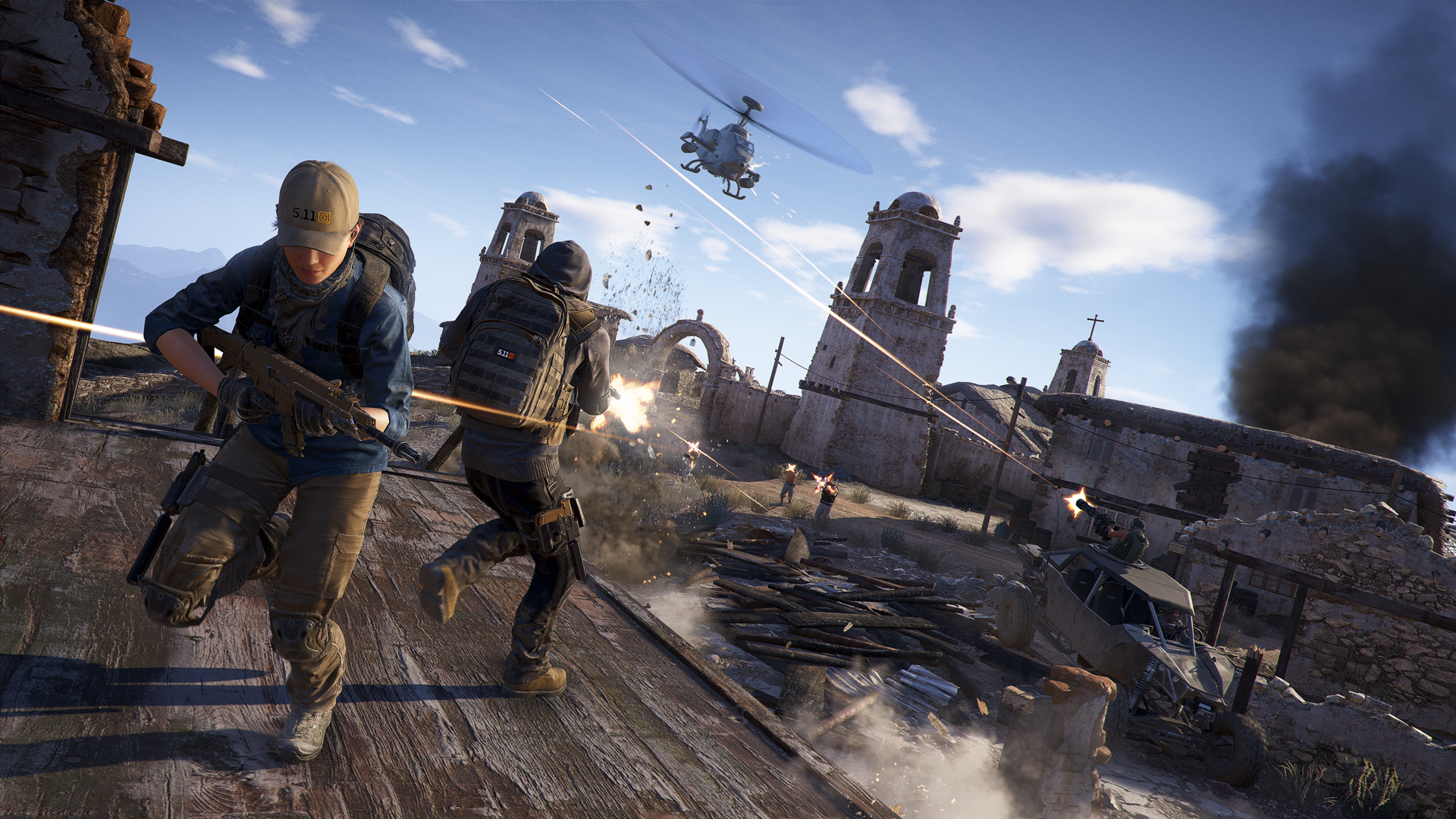
Wildlands is a monster, make no mistake about it. In fact, it boasts the biggest open world Ubisoft has ever created for an action-adventure game.
"This is the biggest open world to ever be used in an Ubisoft action-adventure game, and it fills all that space with a huge variety of objectives, terrain types, and spontaneous events."
-
The Santa Blanca Cartel
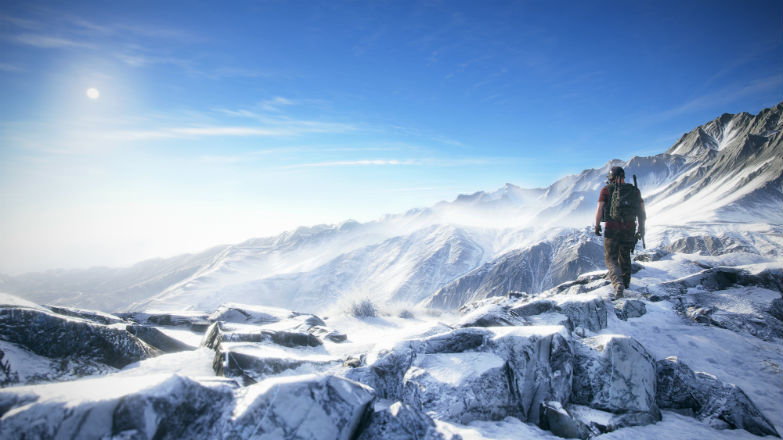
Once written off as a minor Mexican drug ring, the Santa Blanca Cartel have spread through Bolivia like a virus, infecting all corners of the South American country from the government to the corrupt police force.
“Interact with different factions in the game: gather intel from the Santa Blanca cartel, bribe the aggressive Unidad military force, benefit from the local rebels’ resources, or protect the native population. Start inter-faction battles to cause distractions and help you reach your objectives. The world will react differently to each of your choices: unexpected opportunities and threats could arise from any situation, turning into long-lasting and dire consequences. Manipulate the system. Manipulate the unexpected.”
-
Sit Rep

In the fallout of the shooter's reveal, Ubisoft pumped out a sit rep designed to shed light on the development process. It's an interesting peek behind the curtain, and you can check it out right here.
-
Play Solo or With Friends
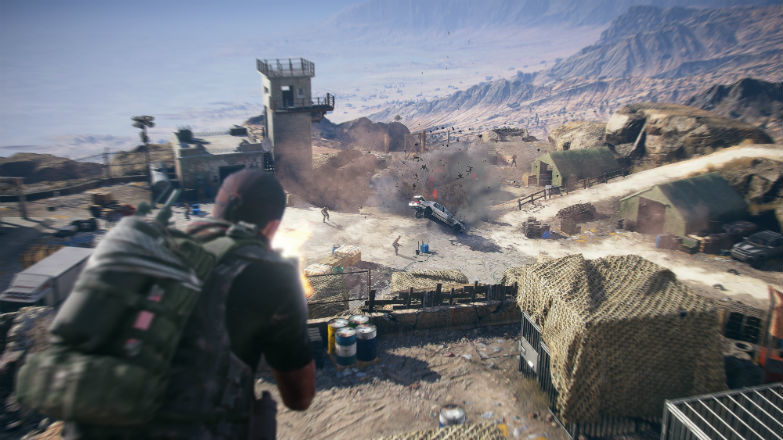
As previous gameplay clips have demonstrated, Ghost Recon Wildlands can be enjoyed solo, but Ubisoft is confident its open world shooter will truly shine when played with friends.
“In Ghost Recon Wildlands, you have the freedom to use tactics that suit the way you want complete your missions. To help illustrate that freedom, the latest co-op walkthrough presents a nighttime variation of the El Pozolero mission showcased at E3, giving the Ghosts an opportunity to utilize stealth under the cover of darkness and stormy weather. The walkthrough also highlights how important it is to observe your surroundings and see what might give you a tactical advantage, whether it’s hijacking an enemy truck to sneak your way into an enemy-controlled compound, or taking out a power generator to limit the Santa Blanca cartel’s security capabilities.”
-
Co-Op FAQ
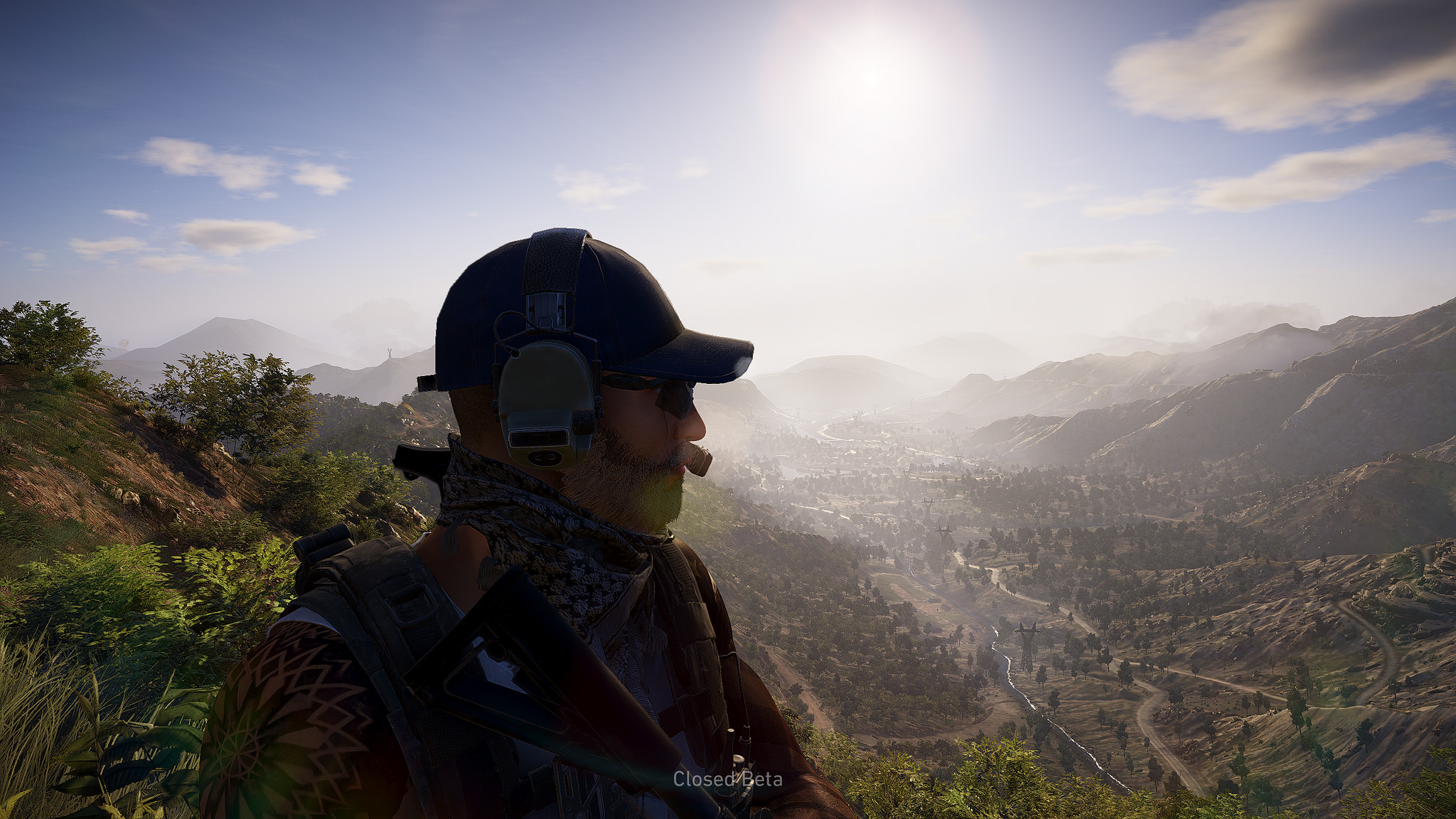
From replayable missions to story progression, you'll find all of your co-op questions answered below.
What about Story Progression?
Even if you are not at the same point in the game as the friend you join, you will still progress as you play with them. Whatever progression you make with your friends will be saved in your own progression. Instead of only helping your friends’ progression when you join their game, you will also be working towards your own progression. Moreover, if you are behind your friends, you will still be able to complete missions that they may have already completed.
What If My Friend Is Ahead of Me in Story Progression?
If you join a friend who has unlocked a mini boss’s entire narrative arc, but you haven’t, it will be possible for your friend to share the related missions with you in order to complete it together. If you join while your friend is in the middle of the mission, you will “assist” him/her to complete the mission. The following mission will be unlocked for you as well, thanks to the “unlock sharing” feature.
Can I Replay Missions?
Yes! You will be able to replay a mission by going into the quest log and equipping the mission you want to replay. A notification will explain that you are about to replay a mission, and that it will respawn the mission in your game world. You can only replay one mission at a time, and you can replay missions in co-op as well as single player.
How Does Matchmaking Work?
You can choose public matchmaking or private matchmaking. If you choose public and find players that you really enjoy playing with, you can set them as a favorite in order to find them easier to play with them again, add them as a friend, or look at them on the Ghost Recon Network. You can go ahead and jump right into your game, and players will be able to jump into your world seamlessly.
What About When My Friends Leave My World?
As soon as co-op ends, and your friends leave, the 3 AI Ghosts will return. The AI teammates will reappear when all your friends are gone, meaning that you can play from 2 to 4 friends without AI. The host migration is seamless so you don’t have to worry about your game experience being interrupted just because your friends need to leave.
Do My Friends And I Have to Stay Together?
No. There is no invisible tether between the Ghosts. You and your friends can travel as far away from each other as needed in order to find the best and most tactical way to take out the Santa Blanca Cartel. However, it can be difficult to take on the dangers of the Wildlands alone…If the worst happens, and you fall to an enemy’s fire, then you’ll want to be near your teammates so they can revive you instead of needing to redeploy.
For mission completion, as long as you and your friends all have the same mission equipped, you will all get credit if the mission is completed. This is even in the case that you are all on opposite sides of the map. If the mission is not equipped but you participate to make the mission progress or if you’re close enough to another player who did, the mission completion will be completed for you as well.
Freedom of Choice
Even in co-op, there is no specific way to approach a mission. Freedom of choice is important in Ghost Recon Wildlands. A player can choose to change how they decide to take on an obstacle.
-
Free PvP Inbound

Ubisoft has locked down plans to launch a free PvP mode as part of its extensive post-launch plans for Ghost Recon Wildlands. Not only that, early adopters can look forward to a steady supply of free updates, seasonal events, community challenges, and more.
-
Season Pass
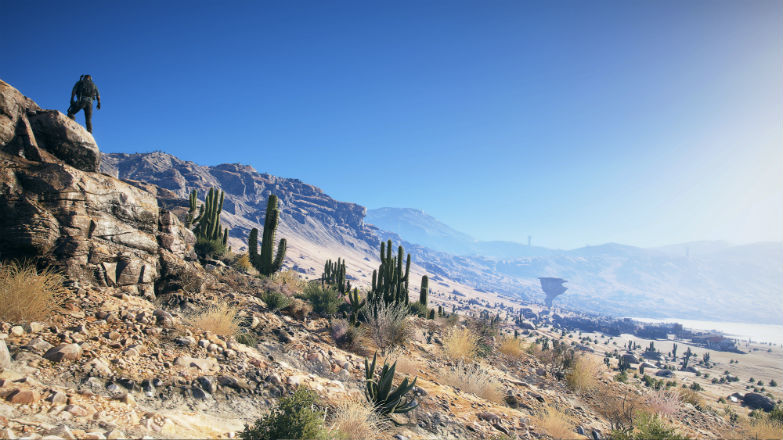
By purchasing the $40 Season Pass for Wildlands, you’ll gain one-week early access to the shooter’s two major expansion packs — namely Narco Road and Fallen Ghosts — a permanent 5% XP boost, equipment packs, and more.
Narco Road
“The game’s first major expansion will give you the full spectrum of narco life, as you tear through Bolivia using new vehicles in a series of fast-paced missions. Expect to face the most insane adversaries as you infiltrate three smuggling gangs and take out their leaders one by one until you reach the mastermind: El Invisible.
“Along with its more eccentric tone, this new adventure will include more than a dozen new missions across four provinces, new vehicles, new weapons skins, and side activities, with everything being entirely playable in solo and in four-player co-op.
Fallen Ghosts
"With Fallen Ghosts, get ready for your Spec Ops skills to be put to the test! After your chopper is shot down during an evacuation mission, your squad will be forced to adapt as you are tracked down by Los Extranjeros, an elite group of ruthless mercenaries. Fortunately, new weapons and skills will help you and your friends find the strength to escape!"
-
An Authentic Setting and Score
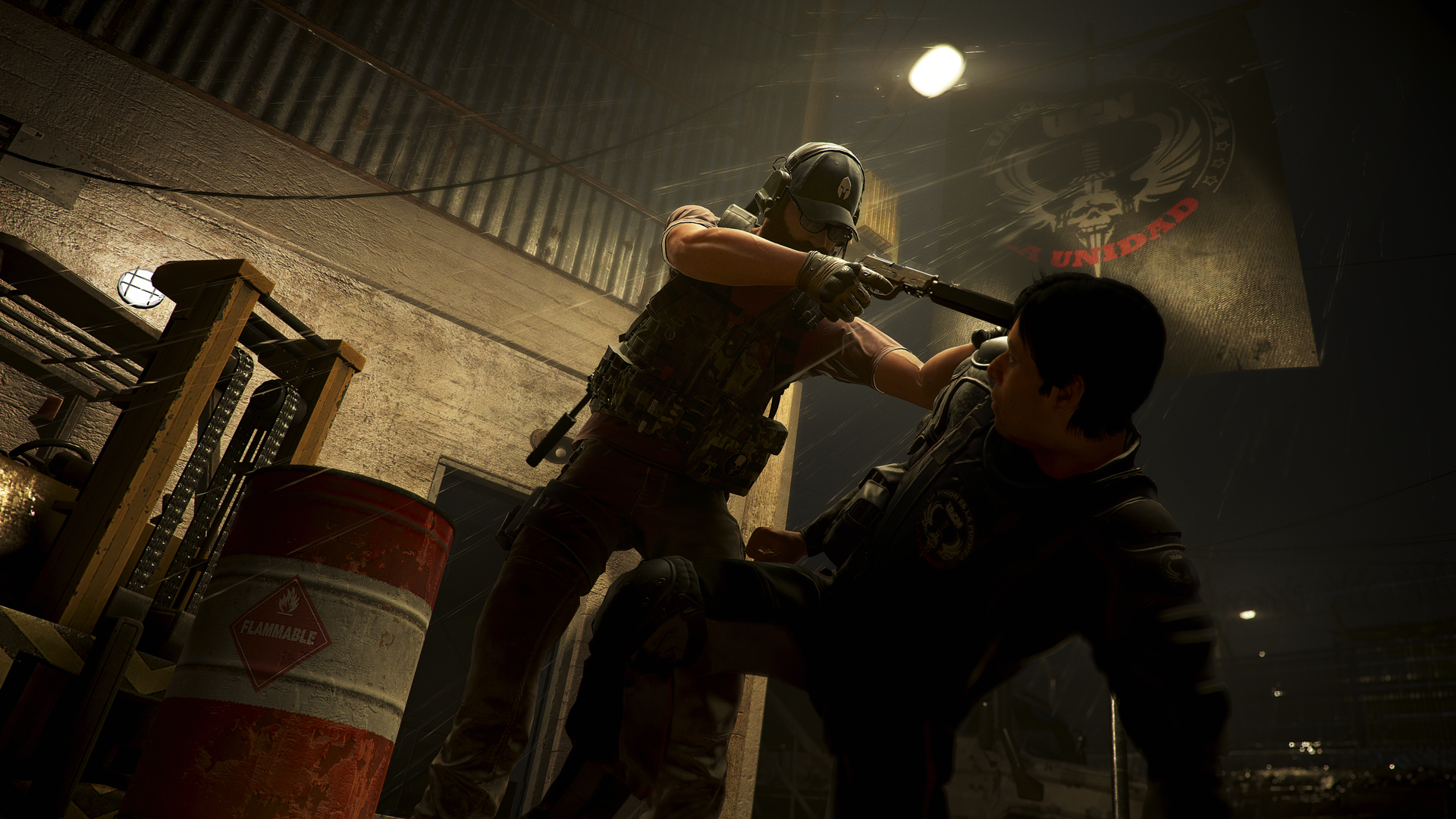
Ubisoft has gone the extra mile to recreate Bolivia in such a way that players will feel totally immersed in the South American setting.
From the wildlife to the score, here's an extract from Ubi's blog:
“The score for a video game is generally written before it is recorded. However, Ghislain, Manu and Alain had their own vision for Ghost Recon Wildlands. They wanted the recording experience to be as unpredictable and wild as the world itself—and it paid off in spades. Ghislain brought a recording team to composer Alain Johannes’ home in L.A., along with some video footage of the game. For an entire week, Alain and his fellow recording musicians (Joey Castillo, Nick Oliveri and Norm Block) watched the footage and improvised the soundtrack, according to how the footage made them feel.
“The emotional experience of that week may have been intense and challenging, but they put their trust in each other. As they went about recording, it was obvious that Alain was indeed the right person for the job. Each of the artists expressed how lucky they felt to be involved in such a truly pioneering experience.”
-
So Authentic, It’s Caused Quite the Stir
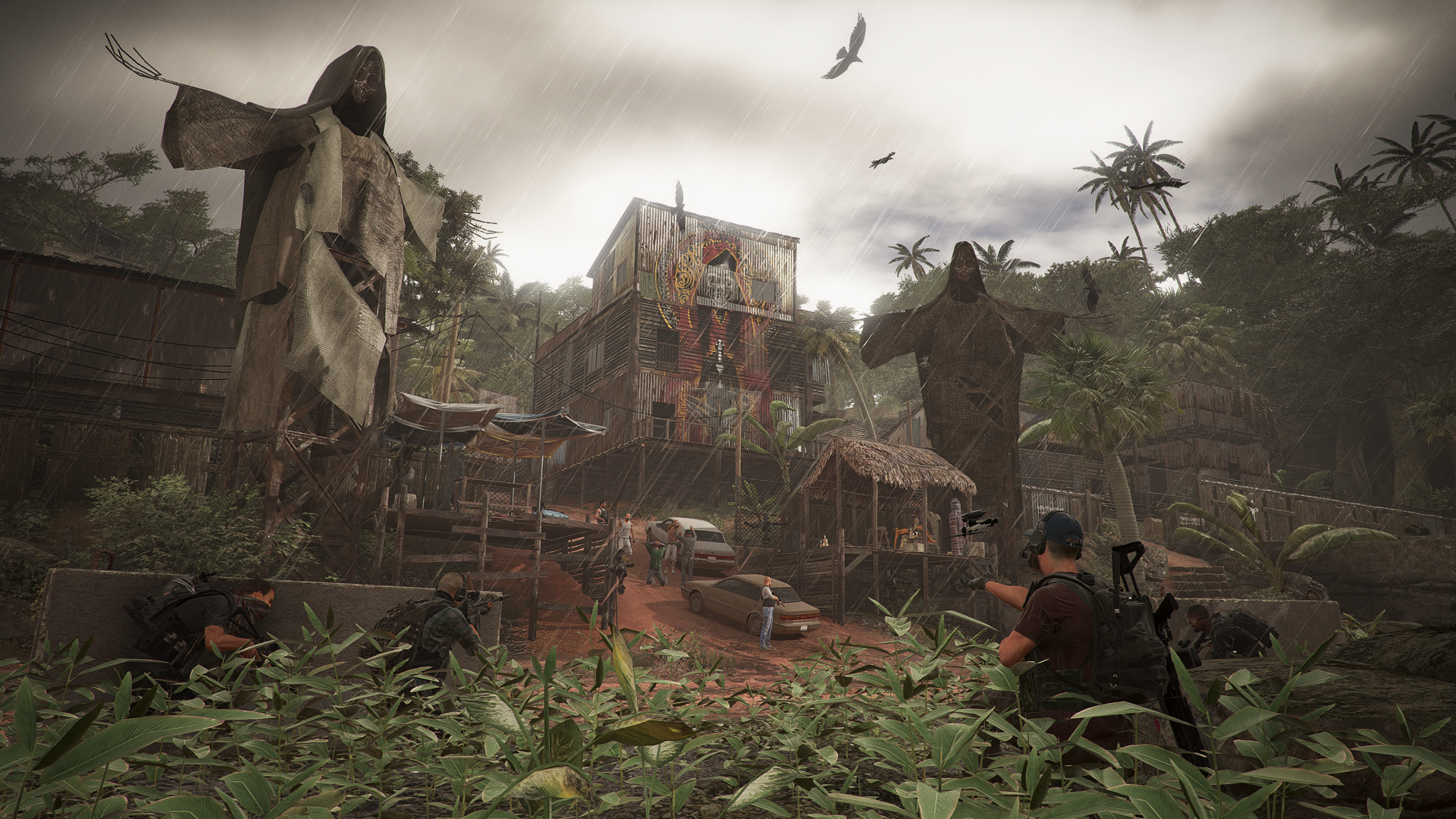
At the time of writing, Bolivia has formally filed a complaint to the French government, claiming Wildlands represents the country as a war-torn, drug-ridden outland.
One Bolivia representative claimed: "We have the standing to do it (take legal action), but at first we prefer to go the route of diplomatic negotiation."
In response, Ubisoft stated: "Like all Tom Clancy's games from Ubisoft, the game takes place in a modern universe inspired by reality, but the characters, locations, and stories are all fantasies created solely for entertainment purposes. Bolivia was chosen as the background of this game based on its magnificent landscapes and rich culture."
-
Live-Action Trailer
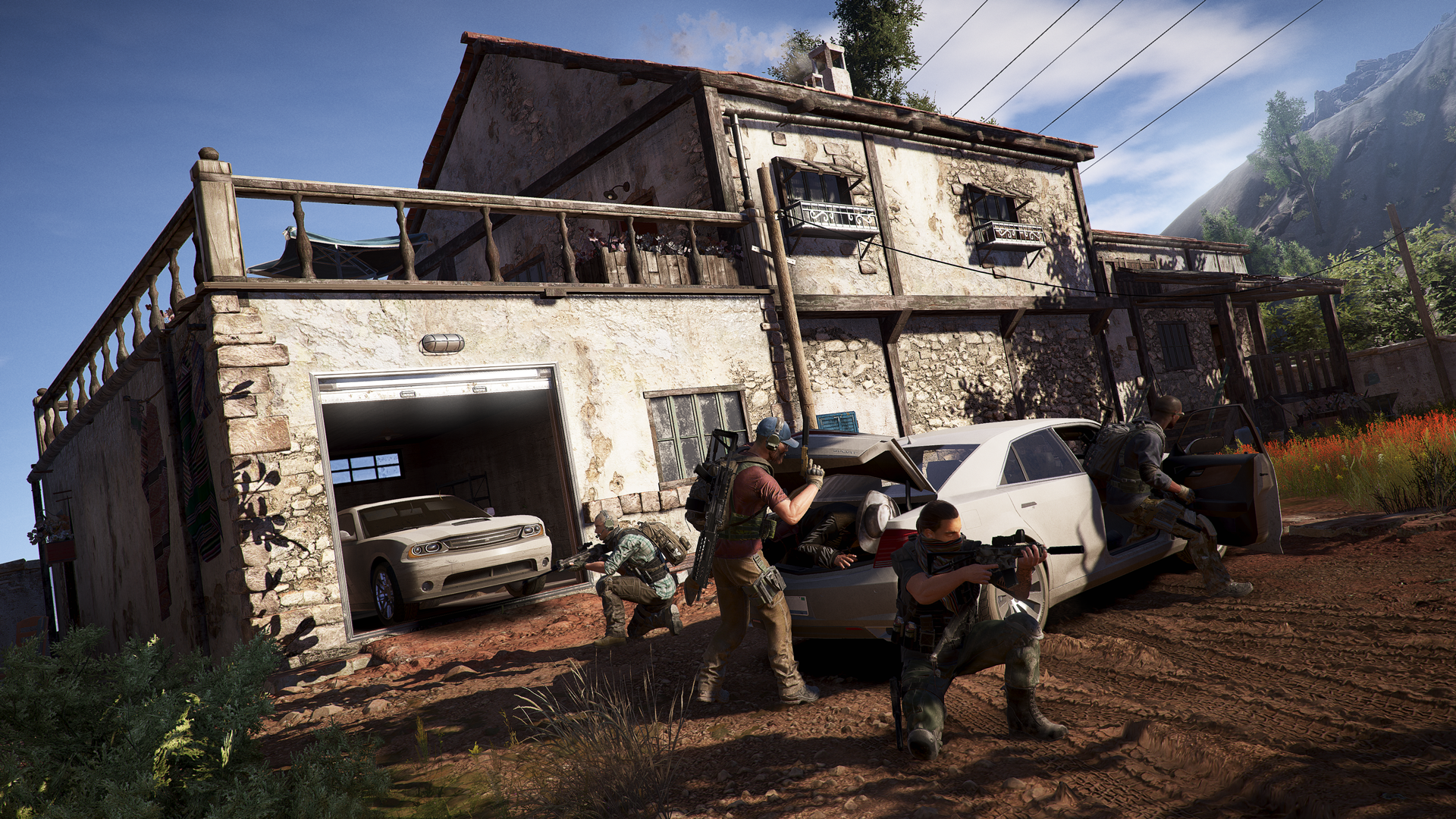
Eager to get a lay of the land ahead of Ghost Recon’s launch? Worry not, for this 12-minute live-action trailer is designed as the perfect primer for Ubisoft’s open-world shooter.
“War Within the Cartel takes viewers inside the inner workings of the Santa Blanca drug cartel, controlled by the revered yet ruthless leader, El Sueño. In the aftermath of an attack on their compound, the organization’s senior leadership (Head of Security – El Muro, Head of Production – El Yayo, Head of Operations – Nidia Flores and Head of Influence – El Cardenal) seeks out a traitor within their midst to exact deadly retribution. The action packed story culminates in the events leading up to the beginning of the game as an elite Special Forces unit, the Ghosts, is called in to dismantle the cartel.”
-
Gameplay Galore
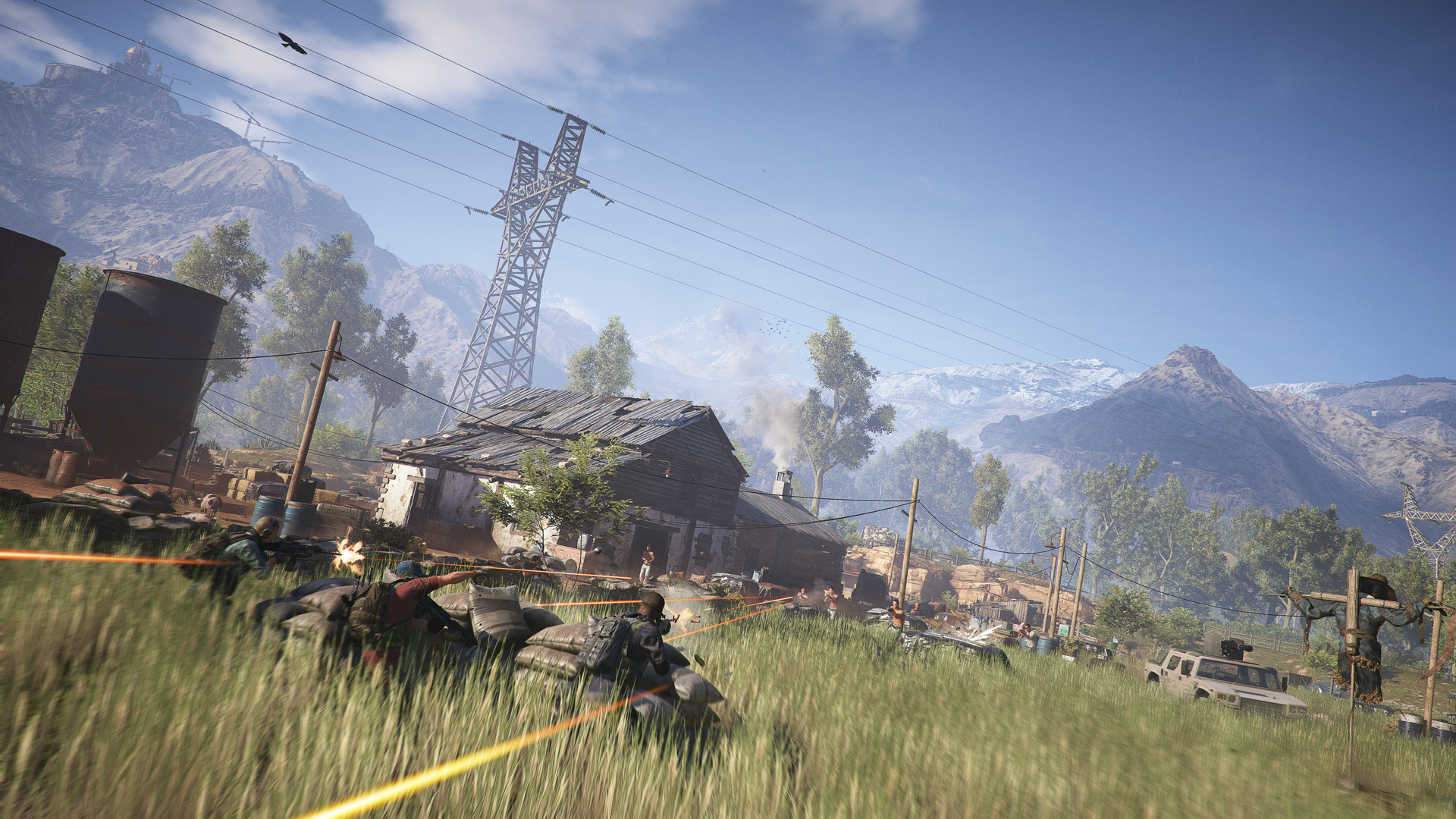
Now you're ready to get a taste of Wildlands in action, you'll find not one, but two extended gameplay demos through here and here.
-
A Record-Breaking Beta
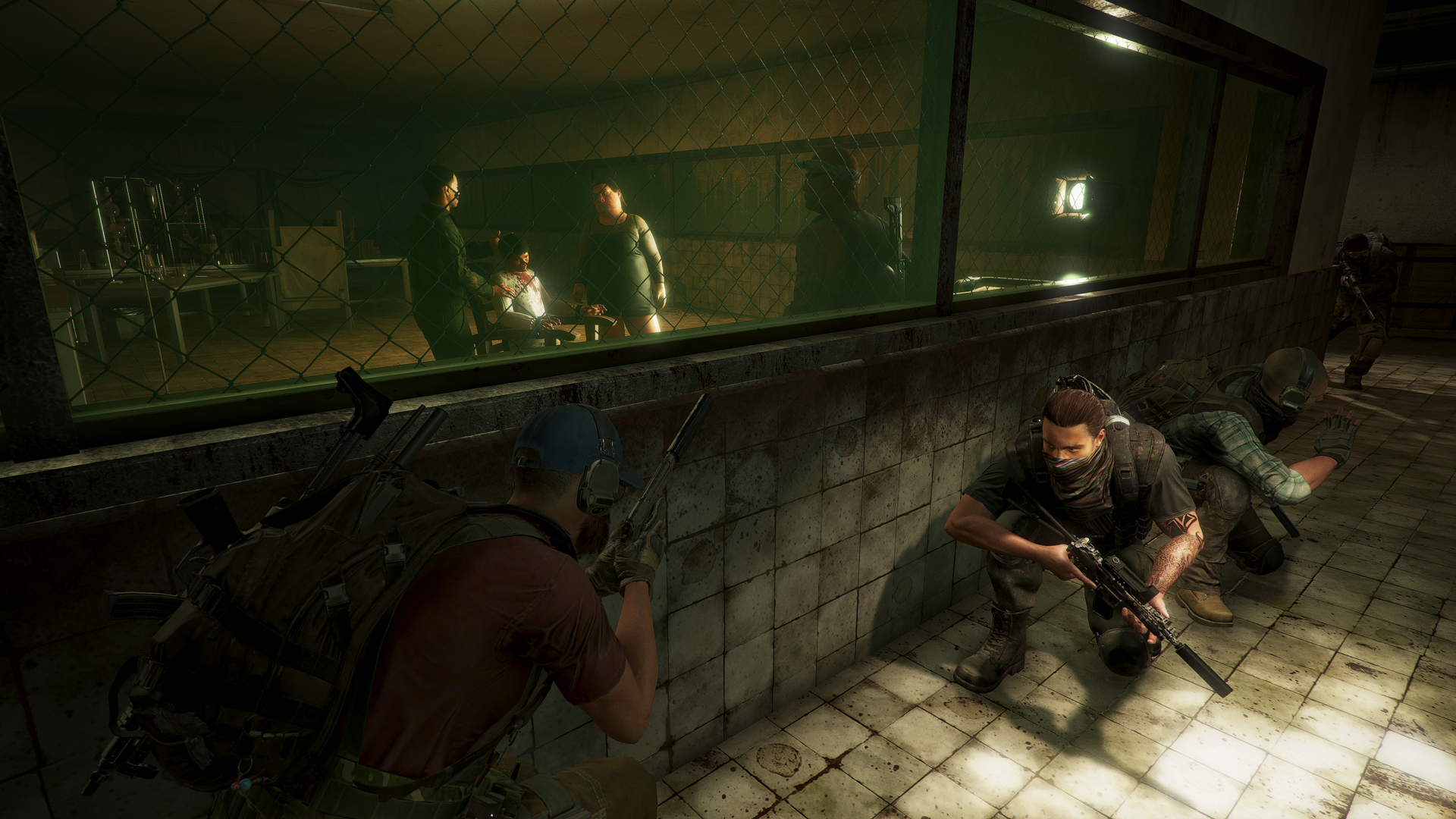
Beating out the record previously held by The Division (6.4 million players), Ubisoft confirmed that a total of 6.83 million unique players participated in the Ghost Recon Wildlands Beta phases.
If you were one of those who partake in the tech test, you’ll gain access to the Unidad Conspiracy reward. Per Ubisoft, “this reward includes three exclusive missions set in the Media Luna region, one of the Unidad strongholds, and will be available for download post-launch.”
-
Trophy List

Comprised of 44 accolades in total, you can find the official Trophy list for Ghost Recon Wildlands through here.
-
A Companion Documentary

Entitled Wildlands, Ubisoft plans to roll out a tie-in documentary soon after launch. More details are expected to be shared in the coming days, but for now, here's the inside scoop:
“We spoke to the people who know the drug trade better than anyone else; iconic characters, from either side of the law, who have defined this continent’s notorious image. The war on drugs is a complex one and we give viewers unprecedented insight to the people who have shaped this landscape, enabling a better understanding of a global issue which affects us all.
“Wildlands is a thought-provoking depiction of this complex issue. This subject matter has accumulated huge global interest and we believe that, as a companion to Tom Clancy’s Ghost Recon Wildlands, we take gamers and viewers of Wildlands on a journey of discovery of an issue that continues to grip and fascinate global audiences.”
-
Collector's Editions

In classic Ubisoft fashion, there are an array of SKUs available for Ghost Recon Wildlands.
Standard Edition ($59.99 USD)
Take down the cartel, become a ghost and explore Bolivia. A few years from now, Bolivia has become the largest cocaine producer in the world. As a Ghost, you must stop the cartel by any means necessary. Create and fully customize your Ghost, weapons, and gear. Lead your team and take down the cartel, either solo or with up to three friends.
Deluxe Edition ($69.99 USD)
Includes the Standard Edition and the digital Deluxe Pack which includes: the Huntsman rifle and motorbike, three emblems, three weapon camo, three character customization items and a XP booster.
Gold Edition ($99.99 USD)
Includes the Deluxe pack and Seasons Pass content, giving players access to two major expansions as well as exclusive digital content featuring equipment packs, an exclusive vehicle and epic weapons.
Collector’s Editions (All Prices in USD)
Standard available for $119.99, Deluxe available for $129.99 and Gold available for $159.99 – Includes the edition of your choice with a Santa Muerte figurine and collectible posters designed by Ken Taylor.
-
Hands-On Preview
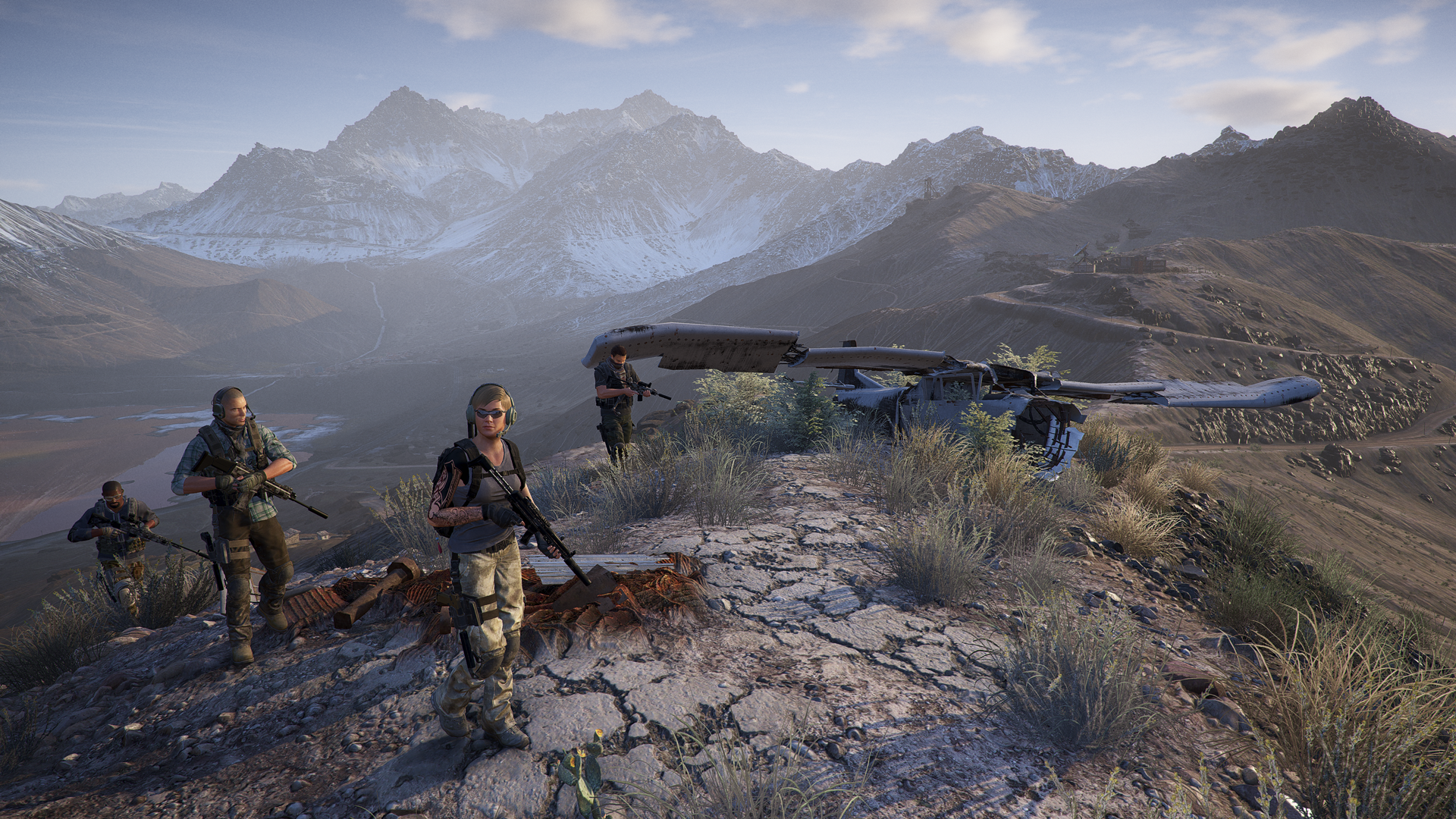
At E3 2016, our own Keri Honea enjoyed a brief dalliance with the cartel, and left with somewhat mixed views.
“As a member of the elite Ghosts Special Ops team, your job is to infiltrate Bolivia and take down the Santa Blanca drug cartel that has taken over the country. Before the Ghosts can reach the king of the cartel, El Sueño, they will have to disrupt his operations and chisel away at his influence across the country, province by province and town by town within each province. This is Ubisoft’s version of an open world at its finest, and if you aren’t a fan of their formula, which includes clearing out areas piece by piece, then chances are you’ll hate this just as much.”
-
Hands-On Preview 2.0

As if that wasn’t enough, Louis Edwards got his hands on a more refined build of Wildlands. Here’s an extract from his in-depth preview:
“Based on what we’ve played, Ghost Recon Wildlands should be on your radar if you’re a shooter fan. And given how fantastic Ubisoft has supported Rainbow Six Siege post-launch, more content after launch shouldn’t even be an issue.”
-
Our Final Verdict
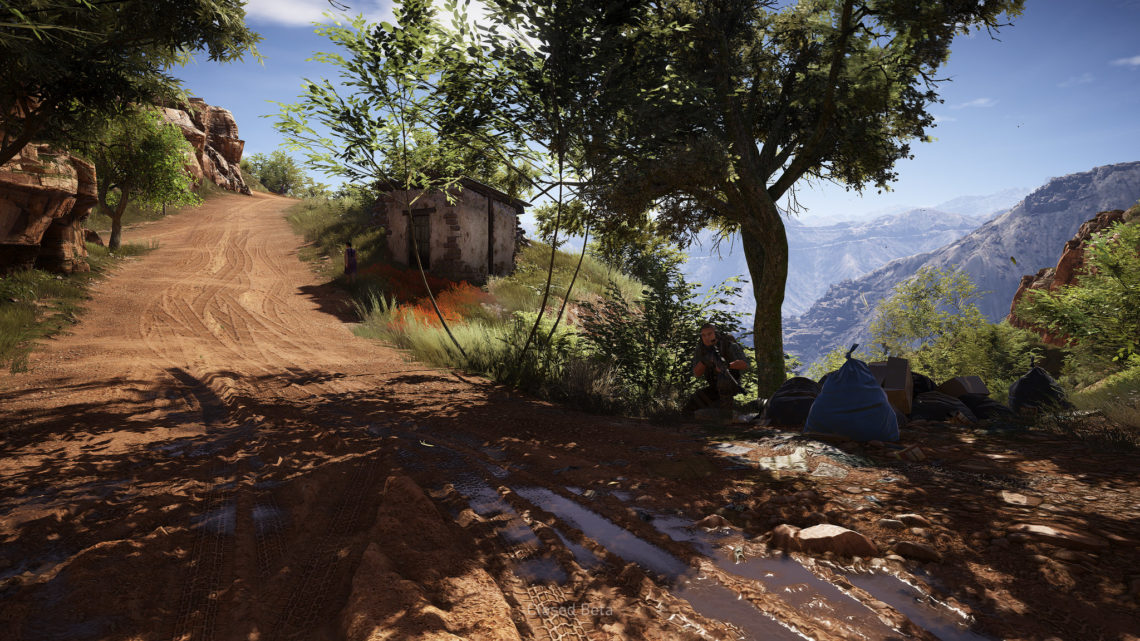
Blake Grundman will be handling the review for PSLS, and Ubisoft has set the embargo to lift at 3am PST on Monday, March 6th.


